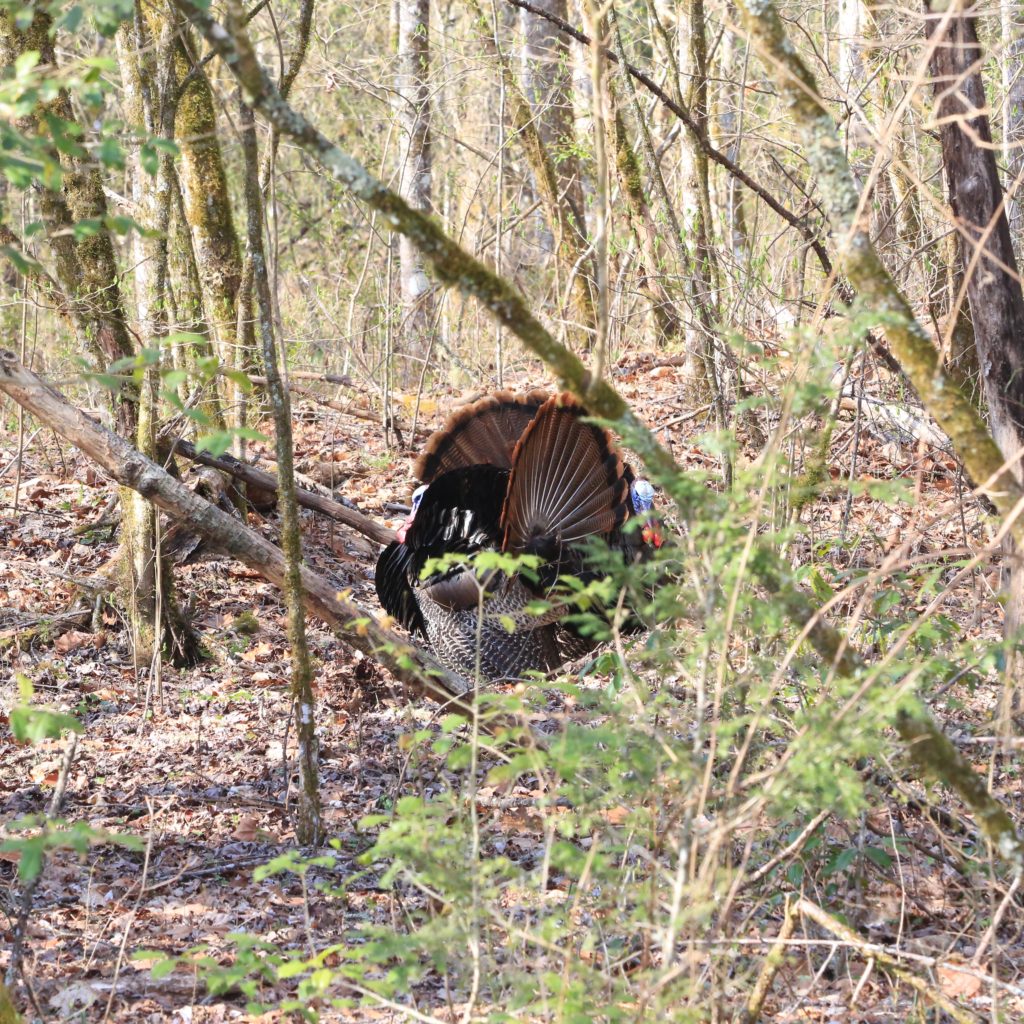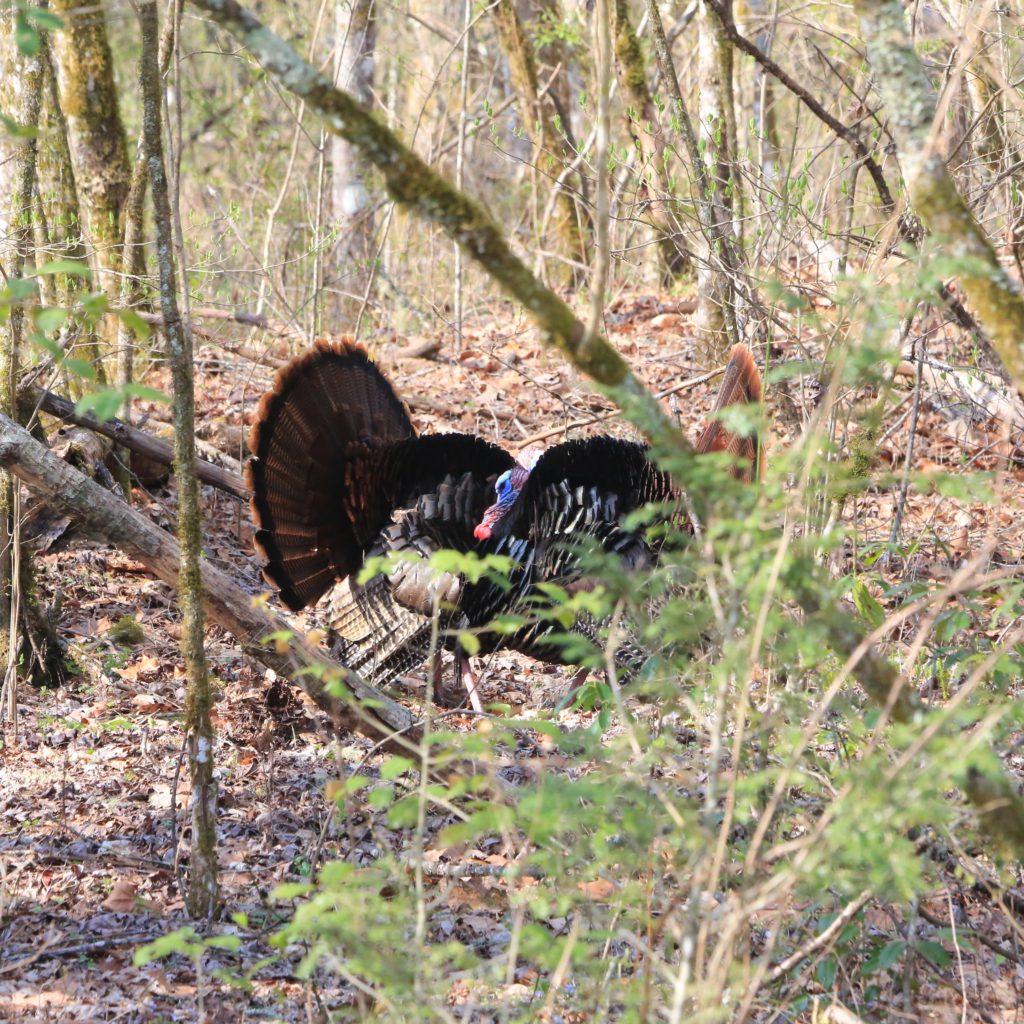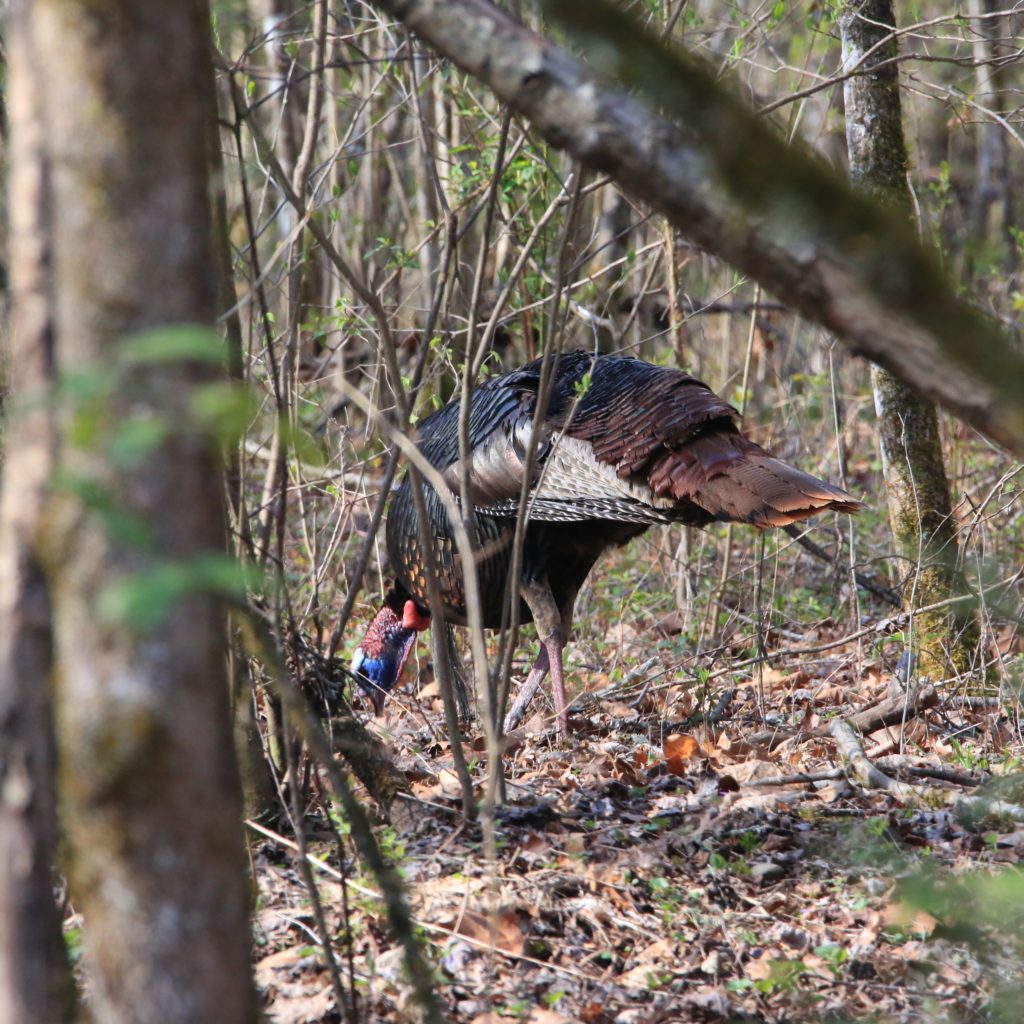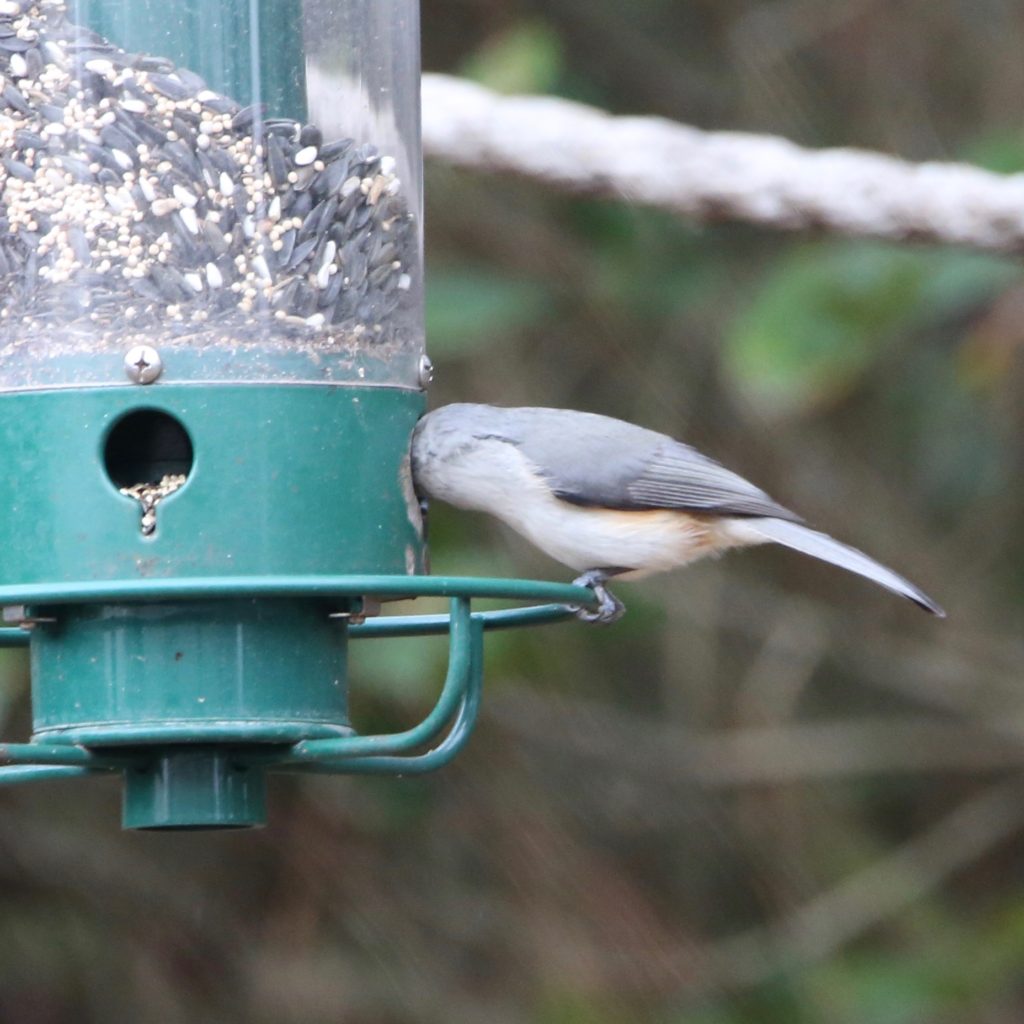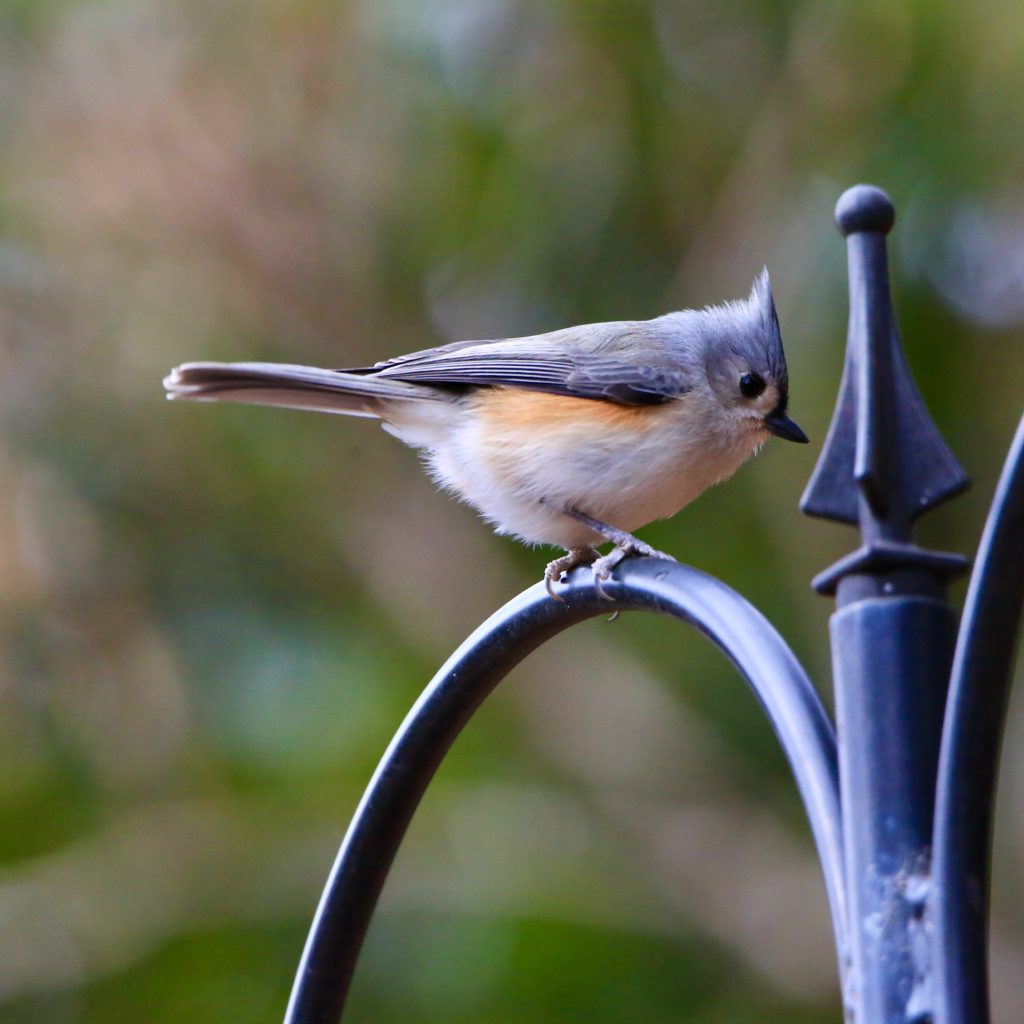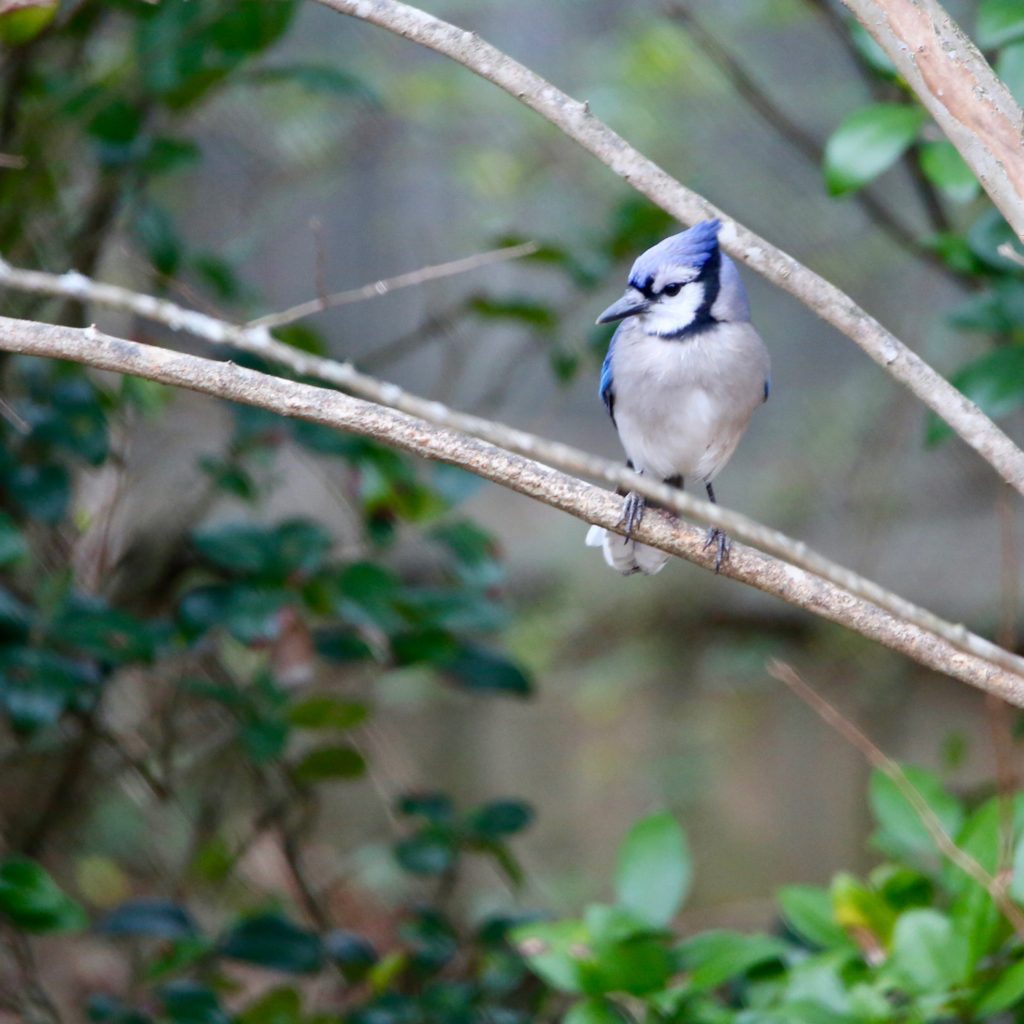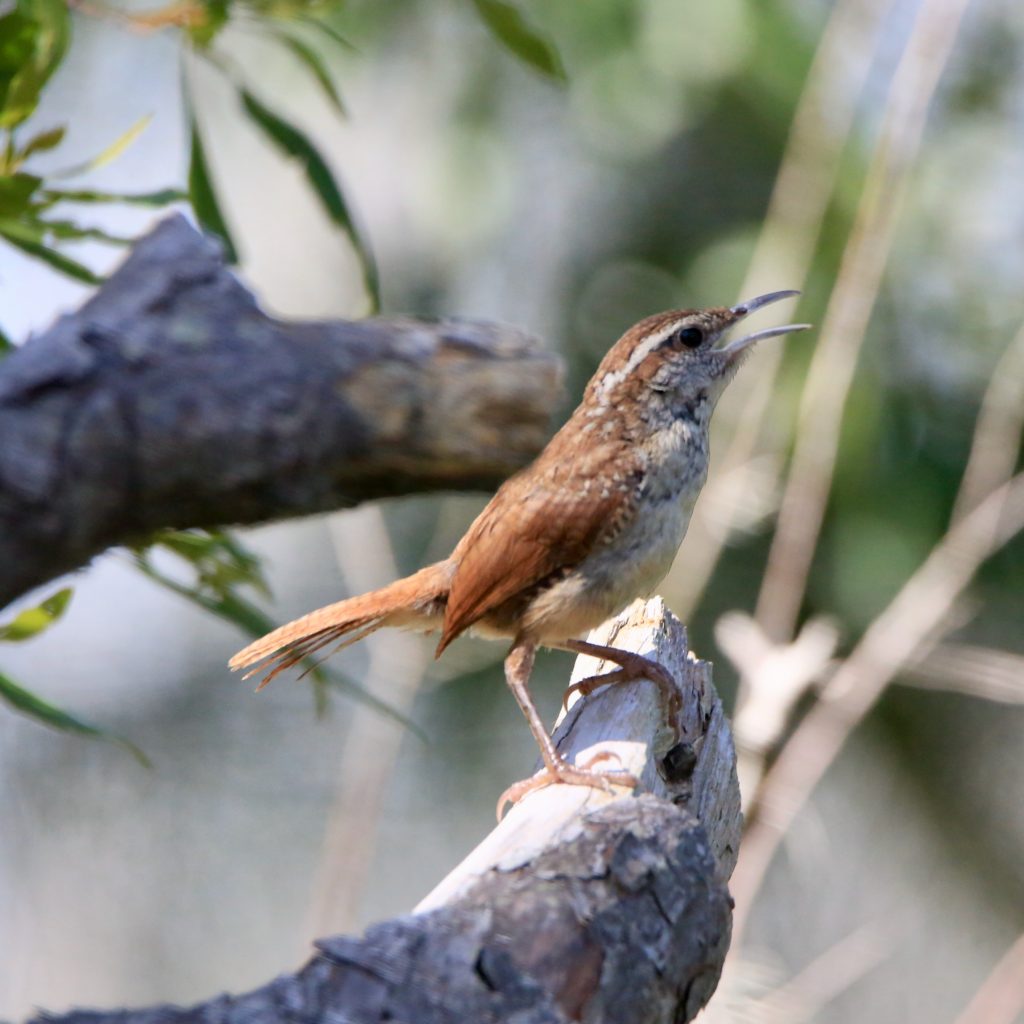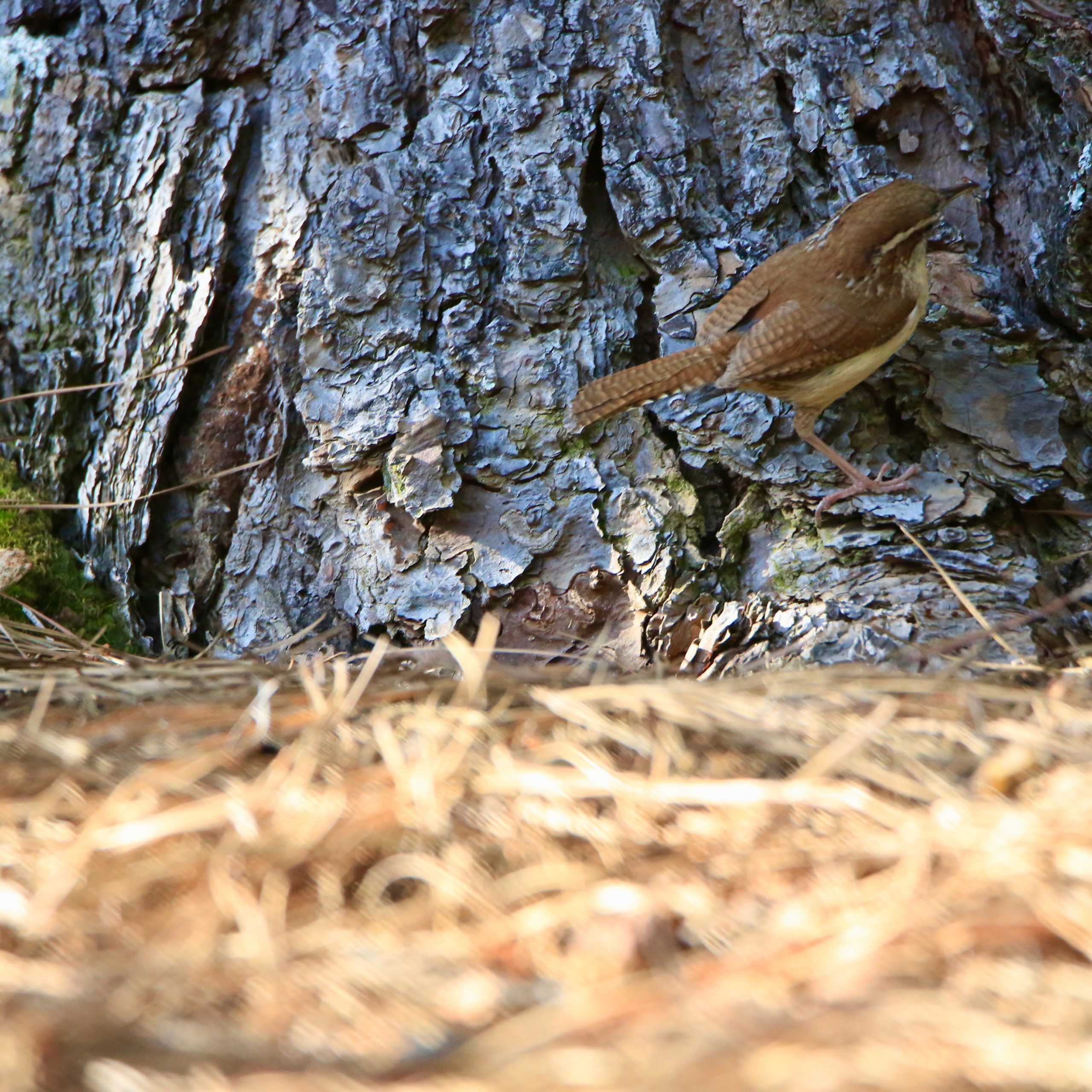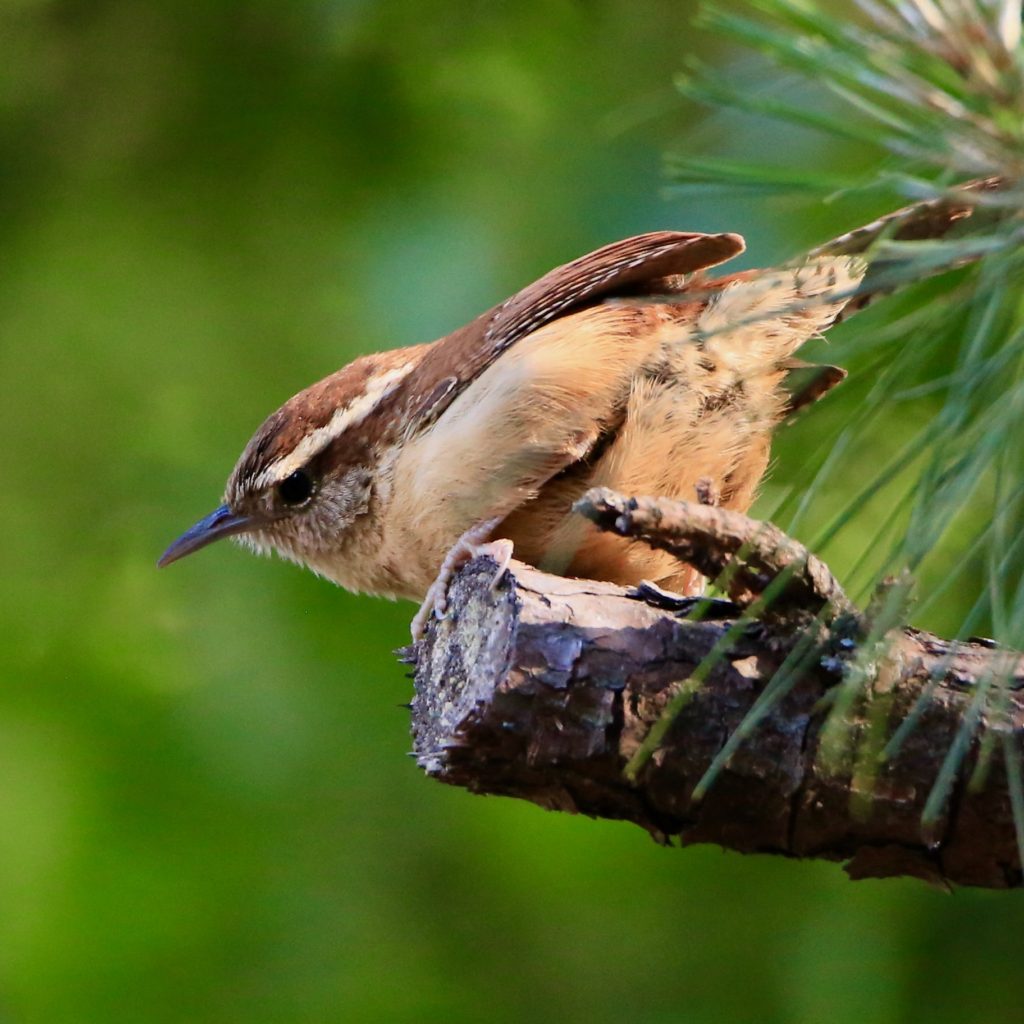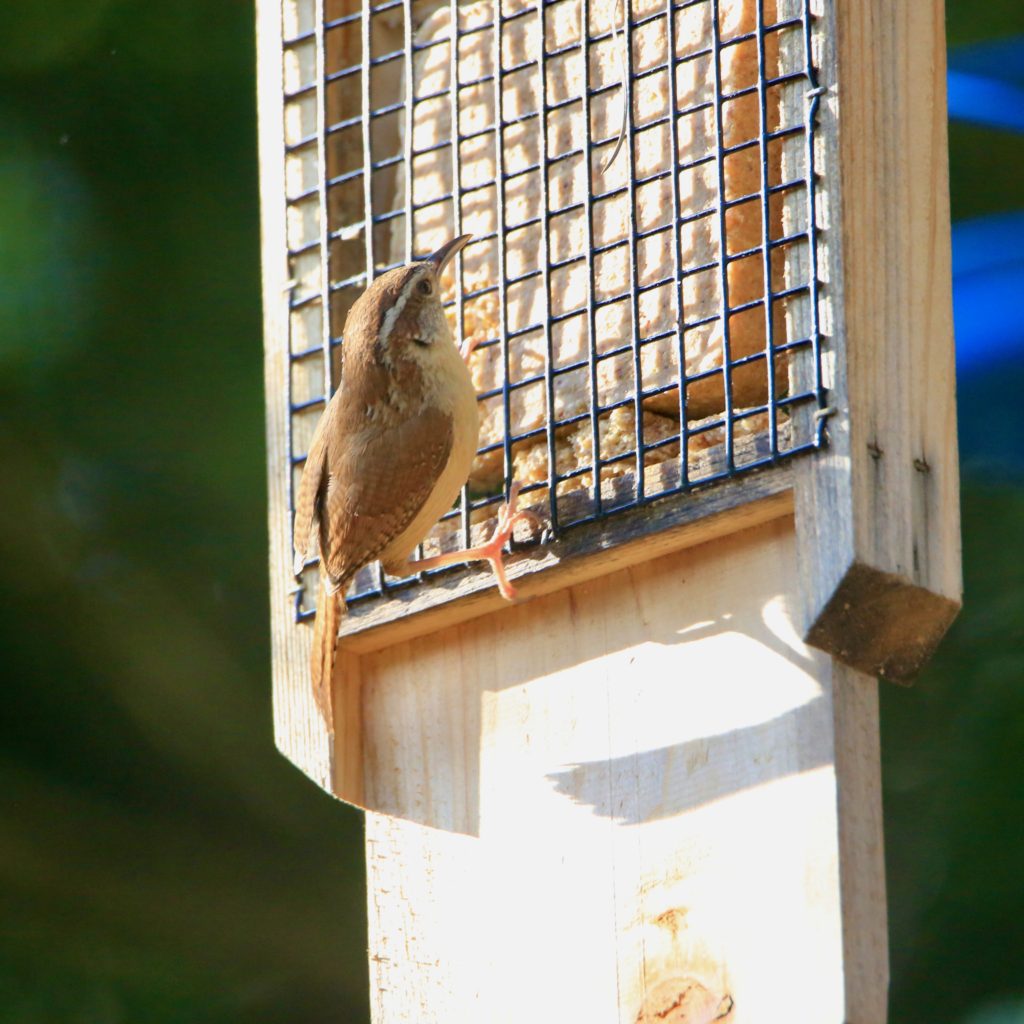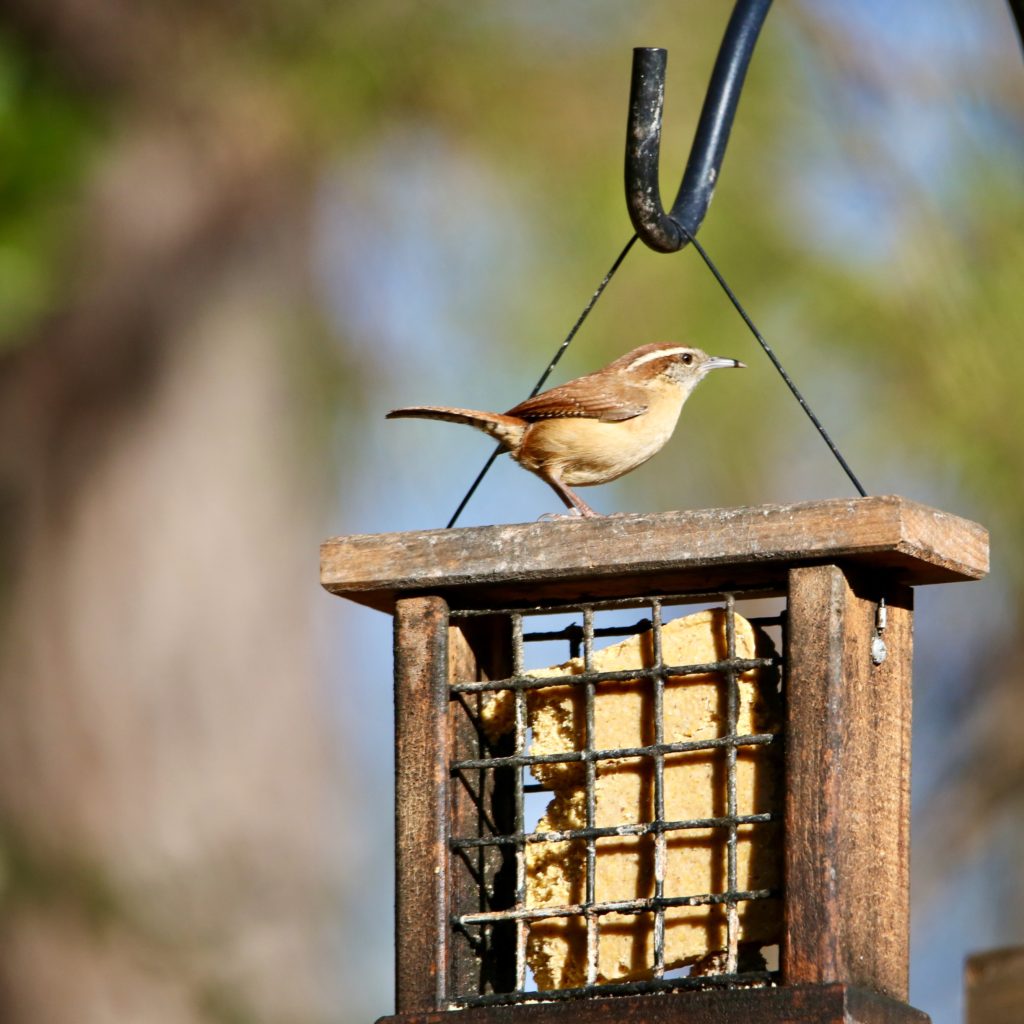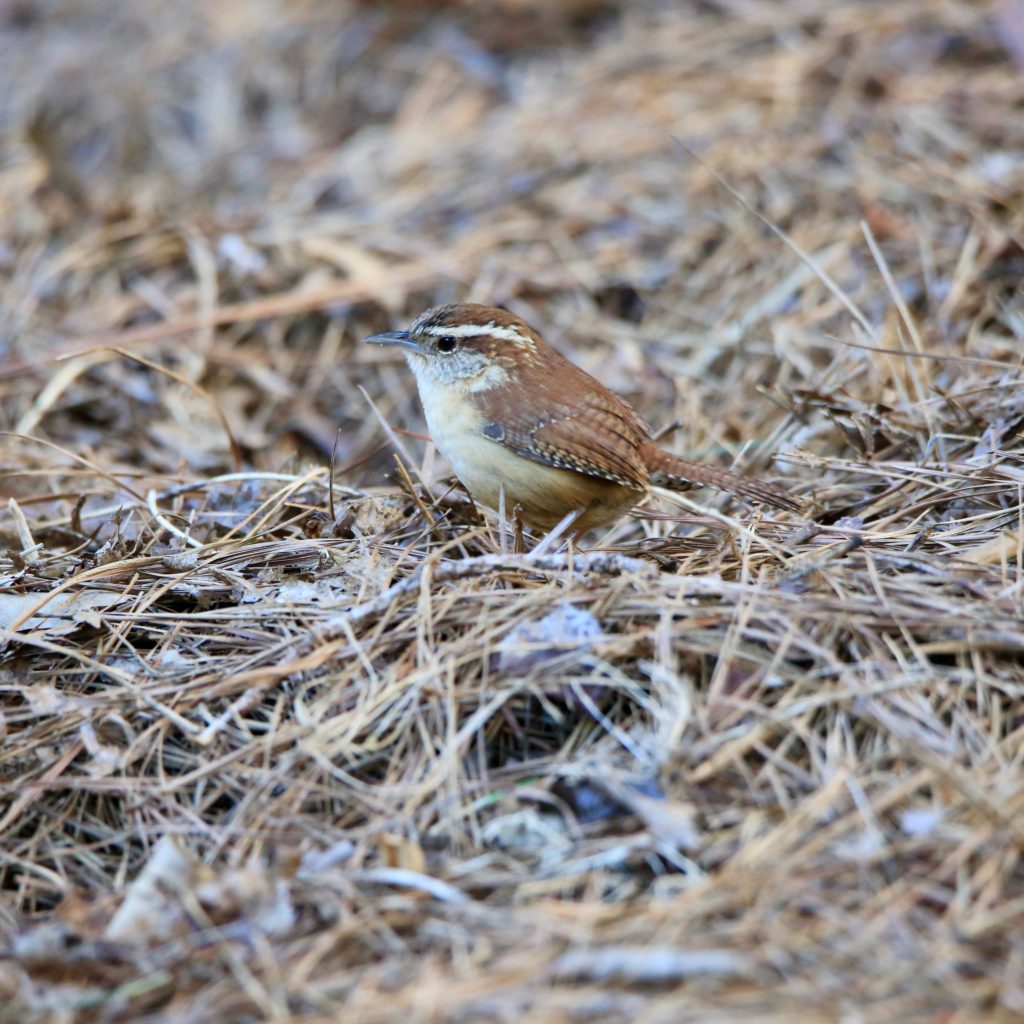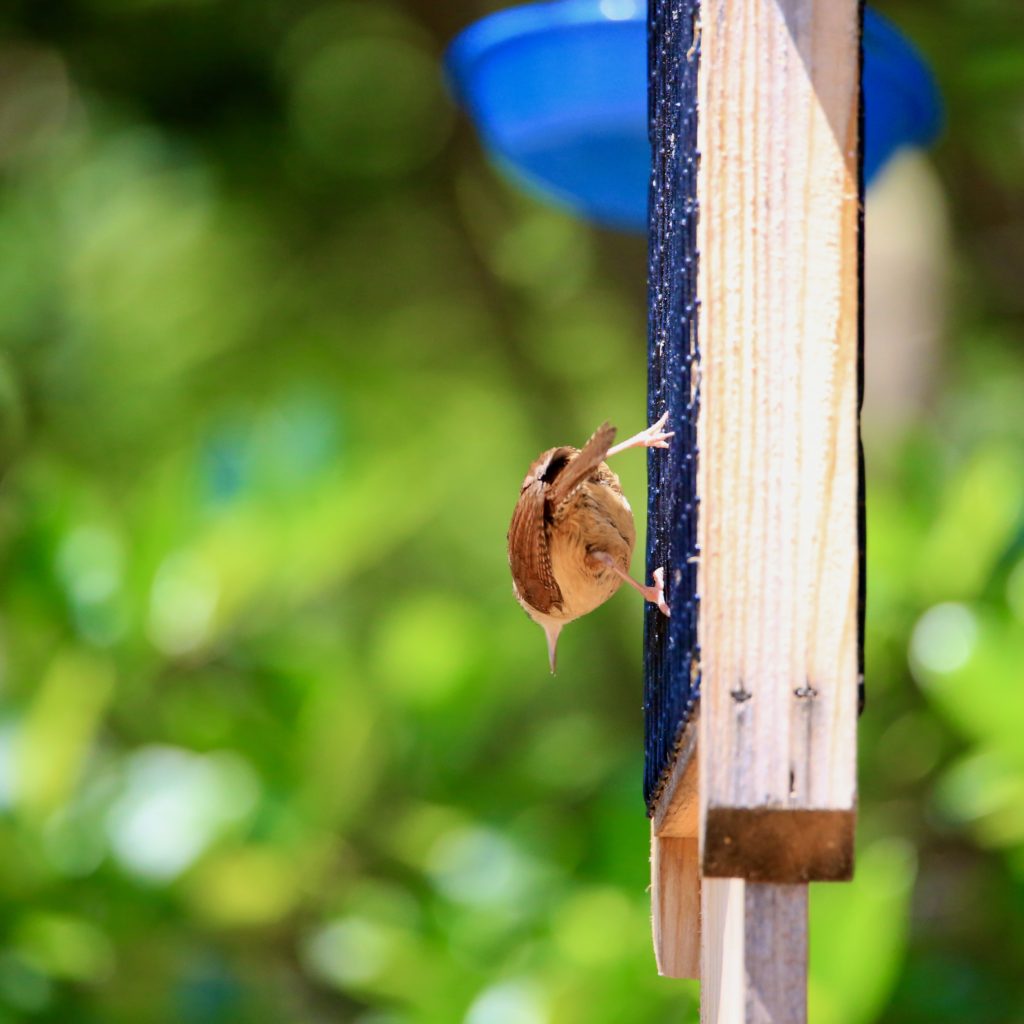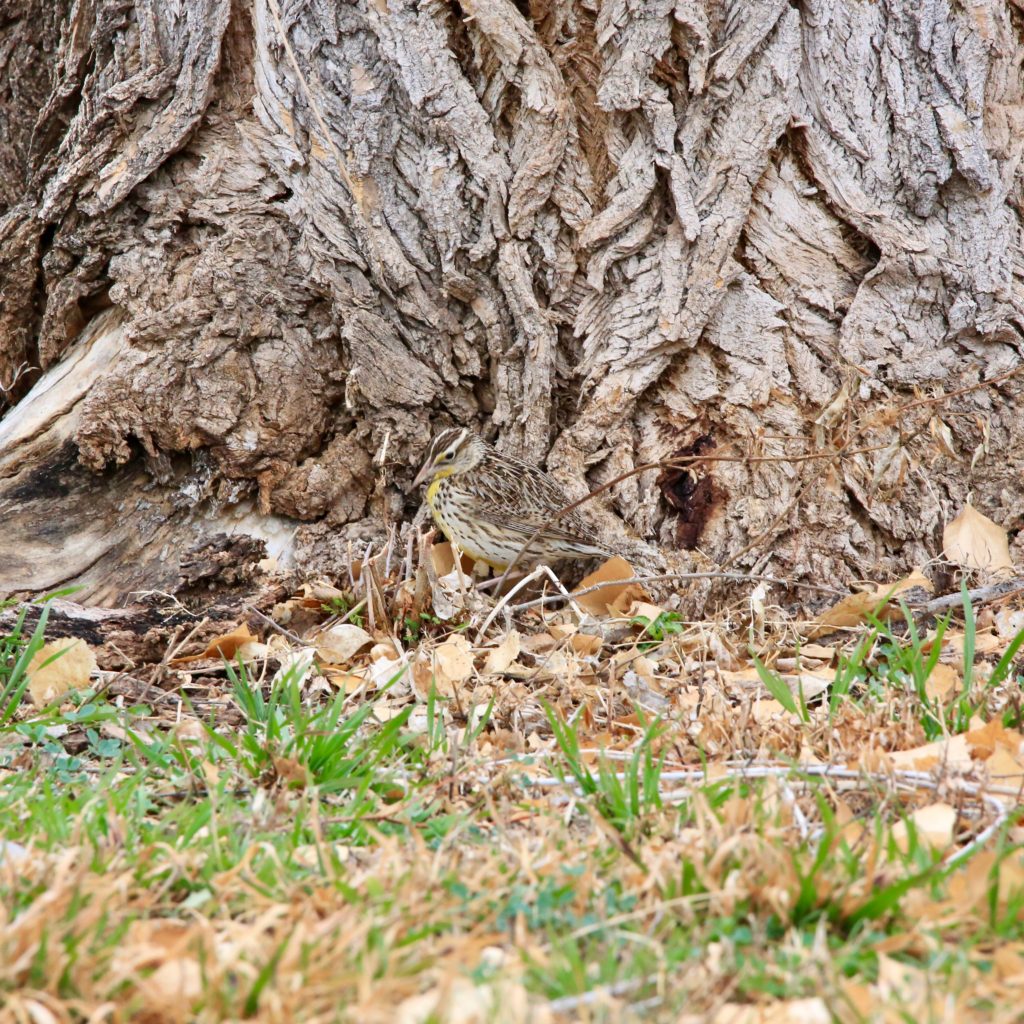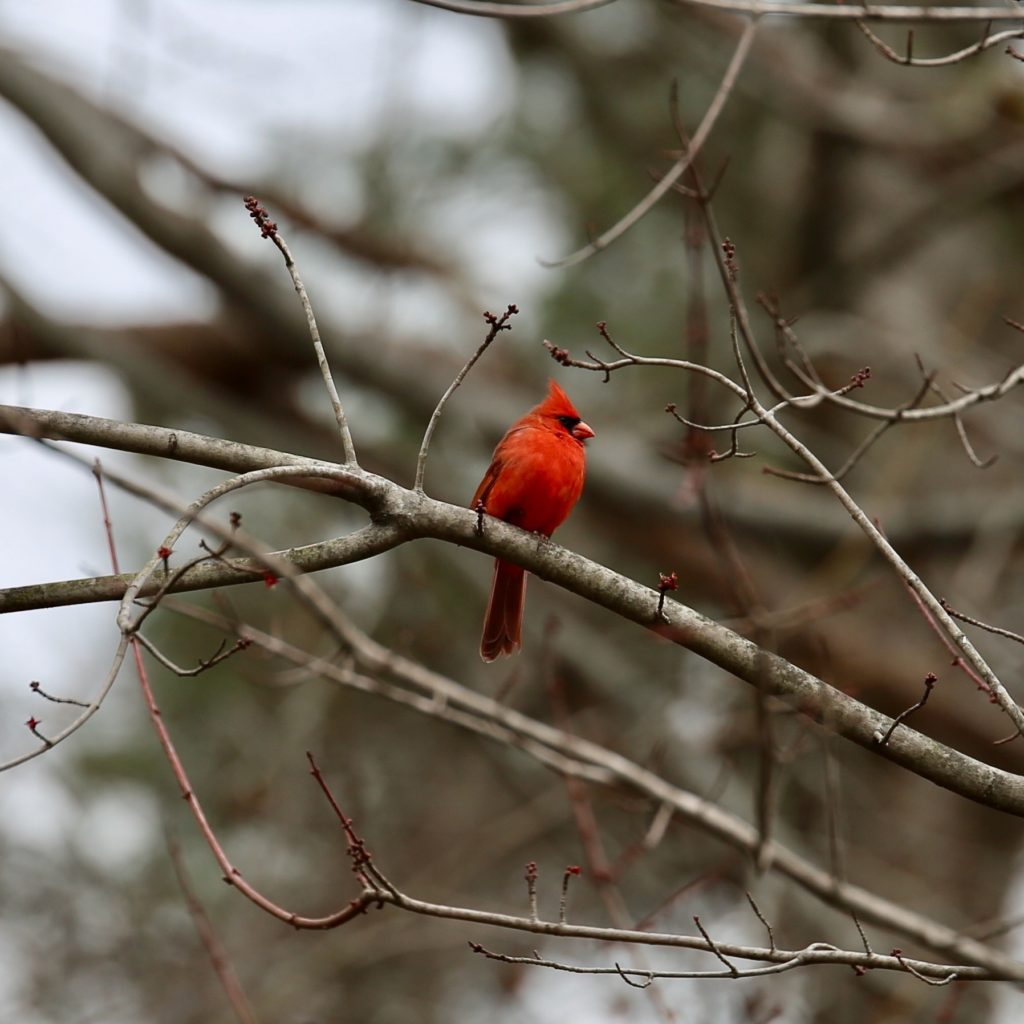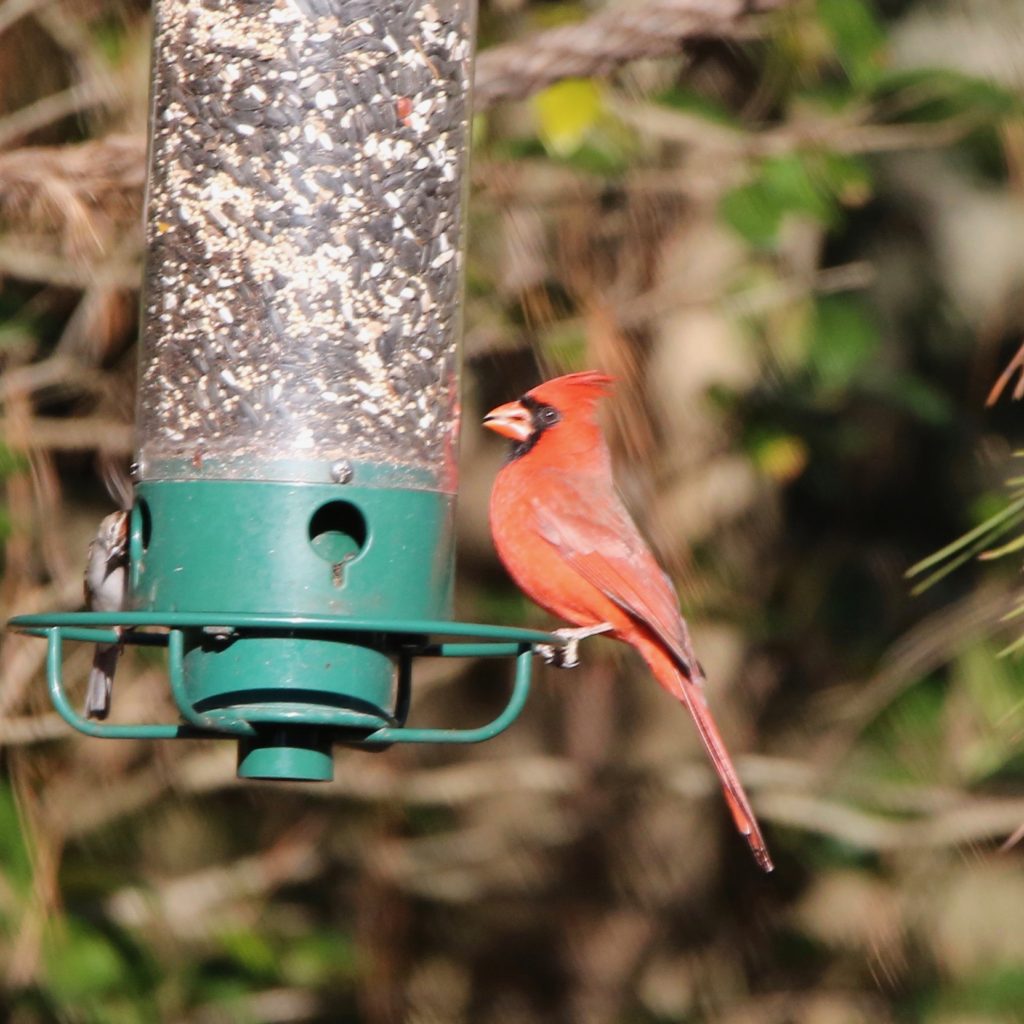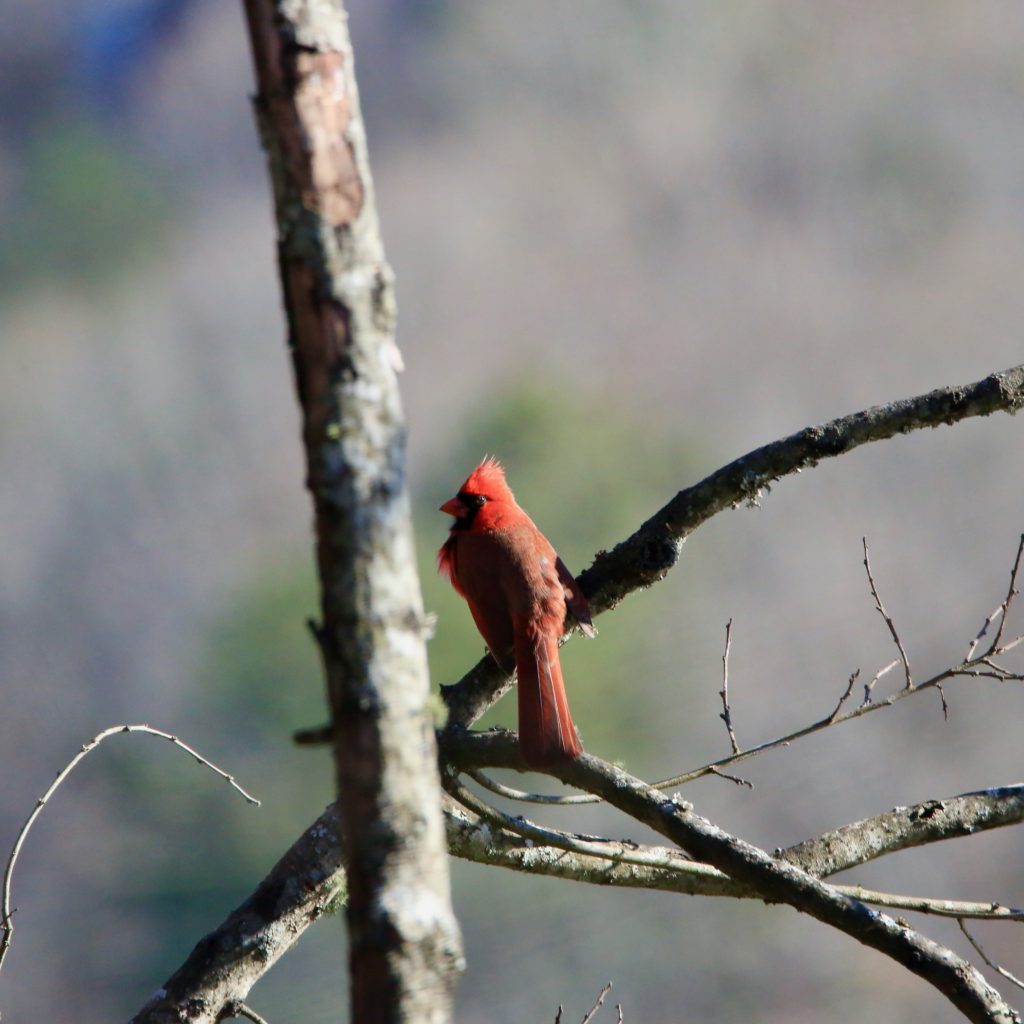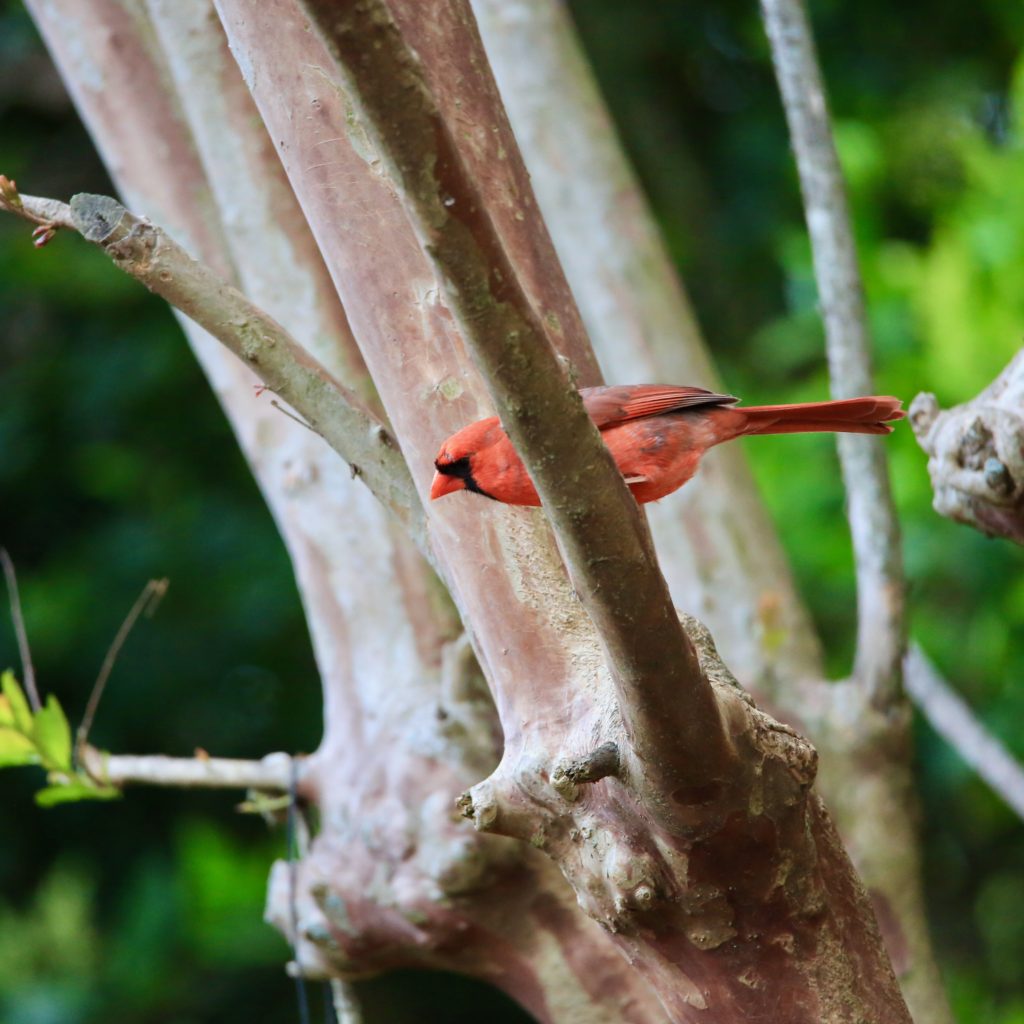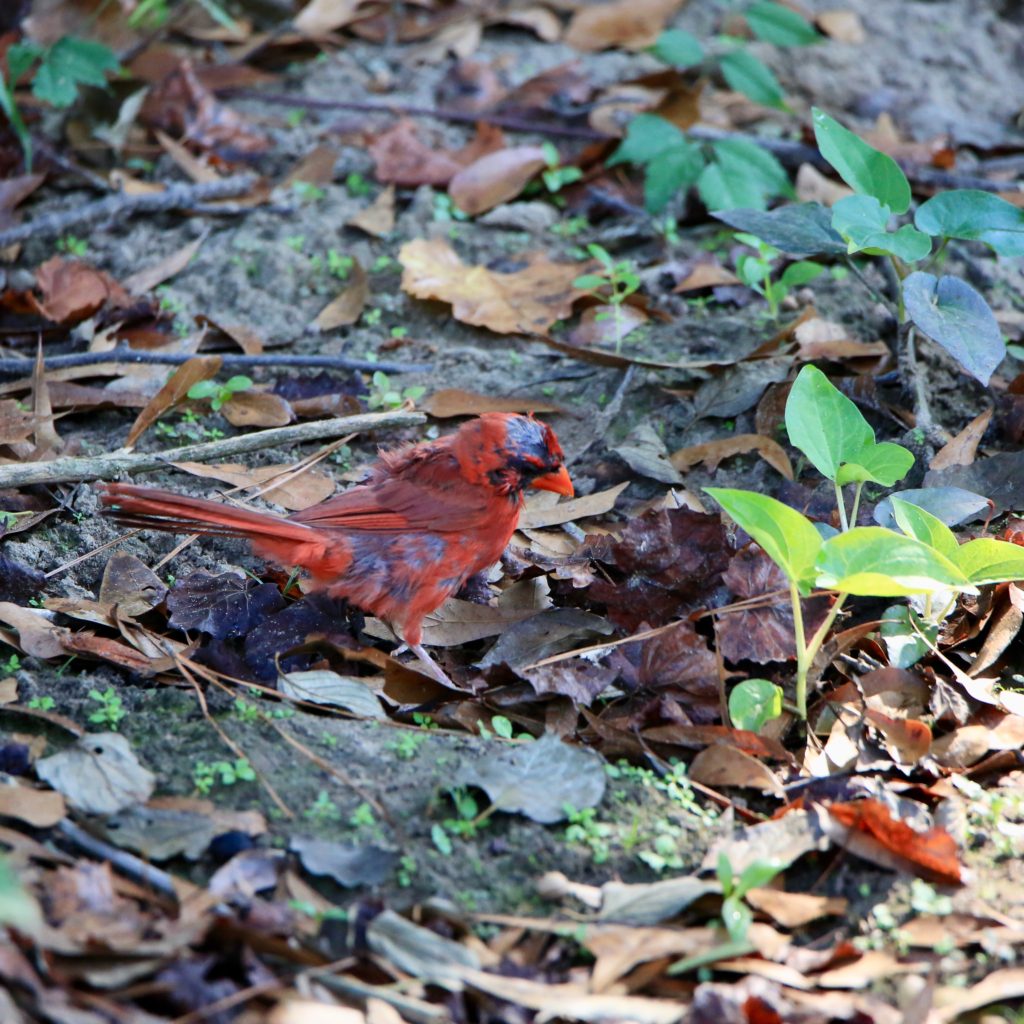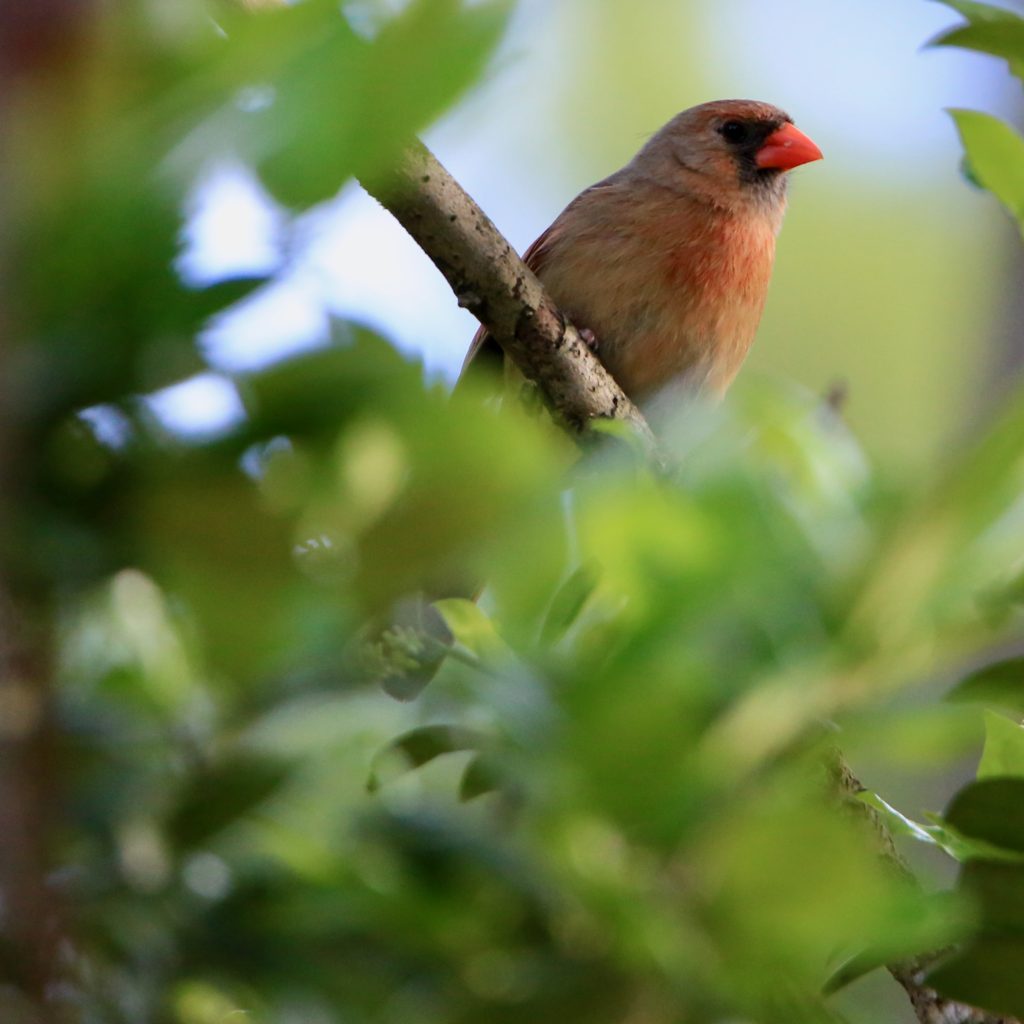
The state of Virginia has a massive part of its Blue Ridge Mountains covered under the Shenandoah National Park. The 199,173 acres are long, but the roads are pretty narrow. The broad valley and the Shenandoah river fall west of the park, while the Virginia Piedmont rolling hills are on its east side. The park encompasses about eight counties. These are Warren, Page, Rockingham, Augusta, Madison, Greene, Albemarle, and Rappahannock.
Major Attractions at Shenandoah National Park
One of the best things about parks like the Shenandoah National Park is the scenic driving roads. This park has a 105-mile road, which you can enjoy while driving and taking detours for hiking. It also hosts the beautiful Dark Hollow falls. To reach the falls, you have to pass a cemetery site of the people who once lived in the mountains long before the park was established.
We can not forget the Old Rag Mountain Hike either, and the boulders you see today resulted from a large mountain’s erosion. The Limberlost trail would provide education on ancient lava that woke up again from deep within the earth while you birdwatch on the way. The Appalachian Trail has secluded woods, waterfalls, and huge peaks on the way. So, a place with as much diversity you could hope for. If you are looking for a visitor center to understand the entire national park better, while entering from the north side, you will see the Dickey Ridge visitor center.
GET KIDS BIRD WATCHING
Bird Watching at Shenandoah National Park
The state of Virginia has observed 493 species of birds to date. About 190 species can be found in Shenandoah National Park, both permanent residents and migrants included. Nearly half of them are known to use the park as a breeding ground. The warbler species has 18 of them engaging in nesting. Species like Barred Owls, Wild Turkeys, Tufted Titmouse are all part of the 30 species residents all year.
Since the park is located somewhere between the forest and the mountain ridge, this place works as a wonderful living place for migratory birds. They can rest between travel or nest here. In addition, areas like the Big Meadows have bird species not present anywhere else in Shenandoah Park.
As soon as you step inside the park, you are bound to find bird species twittering about. Still, specific hiking grounds would show you a richer mix. You should keep your eyes on the treetop and place more attention to the water sources. The most recommended hiking grounds would be the Stony Man trail, Fox Hollow trail, and South river falls.
10 Birds to See at Shenandoah National Park
Barred Owl
Barred Owls are brown and white striped with brown eyes. They live throughout the southeast U.S. Their population has recently increased after a decline. Their habitat is in wooded swamps and woodlands. These birds make the traditional “hoot” sound and are most active at night. They eat small mammals, flying squirrels, rabbits, and opossums. Barred Owls lay 2 to 3 eggs in the hollow part of a tree. Barred Owls do not migrate.
Wild Turkey
Wild Turkeys are large birds with long legs and small heads. You can find them throughout North America. Their population at one time was in great decline, but has recovered and is not at risk of endangerment. They usually live in mature forests, along roads, or in wooded backyards. They travel in flocks and roam the ground looking for nuts, insects, and berries. Wild Turkeys usually look for food in the early morning hours. They lay 10 to 15 eggs and make their nests on the ground at the base of trees. They are not migratory birds.
Tufted Titmouse
The Tufted Titmouse is a small gray bird with big black eyes and a bushy crest that looks like a mohawk. They live in the southeastern United States. The population of the Tufted Titmouse is increasing. They make their homes in groves and near woodlands. The Tufted Titmouse has an echoing voice. They nest in natural holes and cavities usually left by Woodpeckers. Tufted Titmice use human hair, woodchucks, dogs, and other live animals to put in their nests. They lay 5 to 6 eggs. The Tufted Titmouse is not a migratory bird.
Belted Kingfisher
Belted Kingfishers have large heads with thick, pointed bills. They are blue-gray with white on their wings and tails. They are common across North America. Belted Kingfishers are not endangered, but their numbers have decreased recently. They live near shores and streams. Belted Kingfishers dive to catch fish and crayfish to eat. They will cough up pellets of indigestible parts, like bones and scales. They lay 6 to 7 eggs and make their nests in the ground as long tunnels. Migration is not common, but some Belted Kingfishers migrate south along rivers.
Blue Jay
Blue Jays are a beautiful blue and white color. They have rounded wings and a long tail with a small crest on top of their head. You can find them in the Midwest and the eastern United States. Blue Jays are common and not at any risk of being endangered. Their habitat is oak and pine trees, gardens, and near towns. They are a common songbird with a noisy call. They love to play with acorns and will store them in the ground for later. Blue Jays like to visit home feeders and eat suet and seeds. They lay 4 to 5 eggs in nests made of weeds, twigs, grass, string, paper, and yarn. Both parents will help feed their young. Most Blue Jays do not migrate, but some have been seen moving south during the fall.
Carolina Chickadee
Carolina Chickadees are black and white with gray wings. They live in the southeastern United States. Their population is steady as they are common and widespread. They live near shade trees and river groves. Carolina Chickadees catch insects in the air and often visit feeders for seeds. They like to grab their food and then go somewhere else to eat so they can be alone. Carolina Chickadees like to hang out with other birds, such as Warblers. They like to make their nests in holes of trees and nesting boxes and lay 5 to 8 eggs. They are not migratory birds.
Carolina Wren
Carolina Wrens have a light brown body and an upward tail. You can find them in the southeastern United States. Their population is stable although they have seen some decline in the north after harsh winters. They make their homes in gardens and near undergrowth. Though hard to see, Carolina Wrens sing many different loud songs. They like to eat mostly insects, some berries, and seeds. Carolina Wrens build their nests in a dome shape using twigs, leaves, animal hair, and sometimes snakeskin. They lay 5 to 6 eggs. They do not like the cold, but they do not migrate.
Eastern Phoebe
Eastern Phoebes are a brown and white songbird. They live throughout the eastern region of North America. Their population is stable and is not at risk of being endangered. They live near streams and woodland edges. Eastern Phoebe’s songs are usually the first sign of spring. They eat mostly insects and some berries and fruit in cooler weather. They lay 4 to 5 eggs and nest under bridges and in old buildings. Eastern Phoebes migrate in early spring and
late fall.
Eastern Meadowlark
Eastern Meadowlarks are brown songbirds with bright yellow undersides. You can find them in eastern North America. Eastern Meadowlarks have seen a recent decline in population, but are not at risk of being endangered. They make their homes in fields and meadows. Eastern Meadowlarks are not in the Lark family; they are a member of the Blackbird family. They mostly eat insects and seeds. These birds lay 3 to 5 eggs on the ground in domed shaped nests. They also make trails through the grass that lead to the nests. Most Eastern Meadowlarks migrate early in spring and then back in late fall.
Northern Cardinal
Northern Cardinals are a vibrant red color with a crest. They also have a short thick orange bill. Northern Cardinals live mainly in the eastern half of the United States. Their population is steady and has seen an increase during the last century. Northern Cardinals live near thickets, gardens, and woodland edges. They have a sweet song, which can be heard early in the morning. They like to visit bird feeders and eat sunflower seeds. Northern Cardinals are the state bird of seven states! They make their nests lower to the ground and lay 3 to 4 eggs. They are not a migratory bird and like to stay in the same area.
Final Thoughts
You don’t need some huge equipment to birdwatch at Shenandoah National Park. However, carrying some things such as a spotting scope or binoculars can add to the enjoyment. Additionally, wearing neutral clothing can help since it helps you blend in with the background and not startle birds easily.
Ornithology
Bird Watching Academy & Camp Subscription Boxes
At the Bird Watching Academy & Camp we help kids, youth, and adults get excited and involved in bird watching. We have several monthly subscription boxes that you can subscribe to. Our monthly subscription boxes help kids, youth, and adults learn about birds, bird watching, and bird conservation.
- Kids Bird Watching Monthly Subscription$10.00 / month
- Kid & Adult Bird Watching Starter Pack Subscription$10.00 / month and a $72.00 sign-up fee
- Kids Bird Watching Starter Pack Subscription$10.00 / month and a $19.00 sign-up fee
Bird Watching Binoculars
The most common types of bird watching binoculars for viewing birds at Shenandoah National Park is the 8×21 binoculars and 10×42 binoculars. Bird Watching Academy & Camp sells really nice 8×21 binoculars and 10×42 binoculars. You can view and purchase them here.
- Birding Binoculars$49.99
- Kids Binoculars$13.99








































